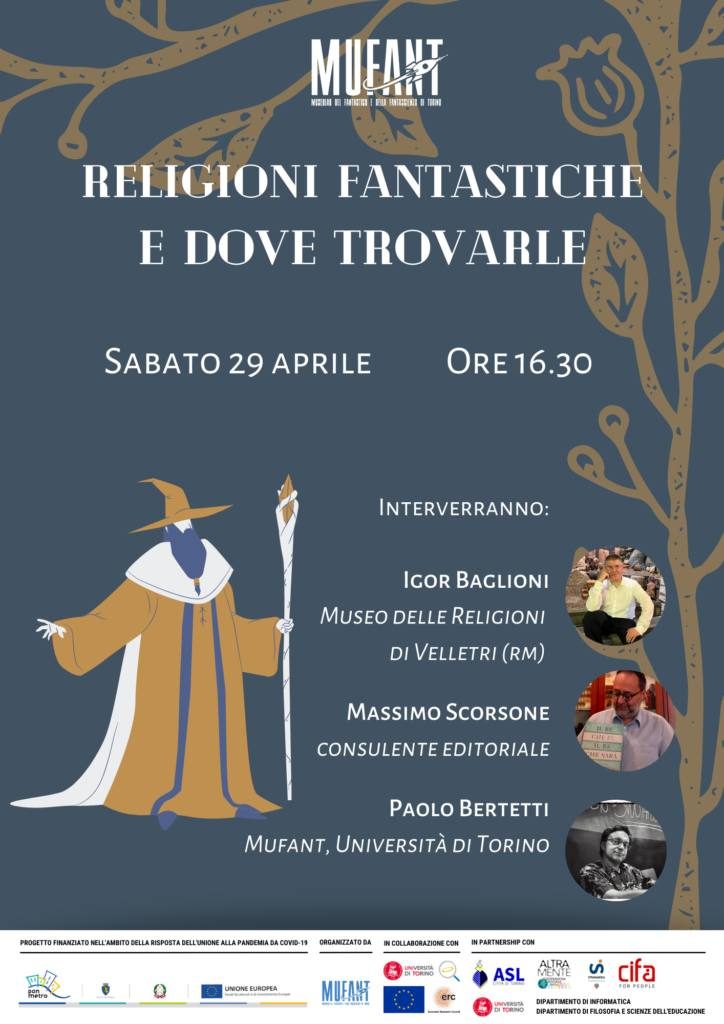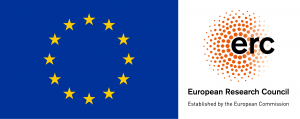Book presentation: “Religioni fantastiche e dove trovarle. Divinità, miti e riti nella fantascienza e nel fantasy”, a cura di Igor Baglioni, Ilaria Biano e Chiara Crosignani.
Saturday 29 April, NeMoSanctI organizes the presentation of the book Religioni fantastiche e dove trovarle. Divinità, miti e riti nella fantascienza e nel fantasy [Fantastic religions and where to find them. Divinities, myths and rites in science fiction and fantasy], edited by Igor Baglioni, Ilaria Biano and Chiara Crosignani (2 vols., Quasar Editore, 2022) .
The event will be held at Mufant – Museolab del Fantastico e della Fantascienza, Piazza Riccardo Valla n.5, 10148 Torino (map)
Speakers:
- Igor Baglioni, director of the “Raffaele Pettazzoni” Museum of Religions in Velletri (Rome).
- Massimo Scorsone, editorial consultant.
Moderator:
- Paolo Bertetti,University of Turin – ERC NeMoSanctI; Mufant scientific coordinator.
Curators and authors of the collection will be present at the conference.
The meeting aims to reflect on the representations of religions in the artistic production of the genres of fantasy and science fiction, starting from 19th century literature up to contemporary television series.
From Bokononism to Tolkienian cosmogonies, from the Jedi Knights to the Prophet Muad’Dib of Dune, passing through the origins of Wonder Woman, religions, myths and rituals have always been at the center of the fantastic and science fiction imagination. But what are the authorial, gender, social and historical motivations at the basis of the different representations? What was their impact on the collective imagination? And how much have they influenced the behavior, spirituality and vision of being and of the world of society or part of it?


